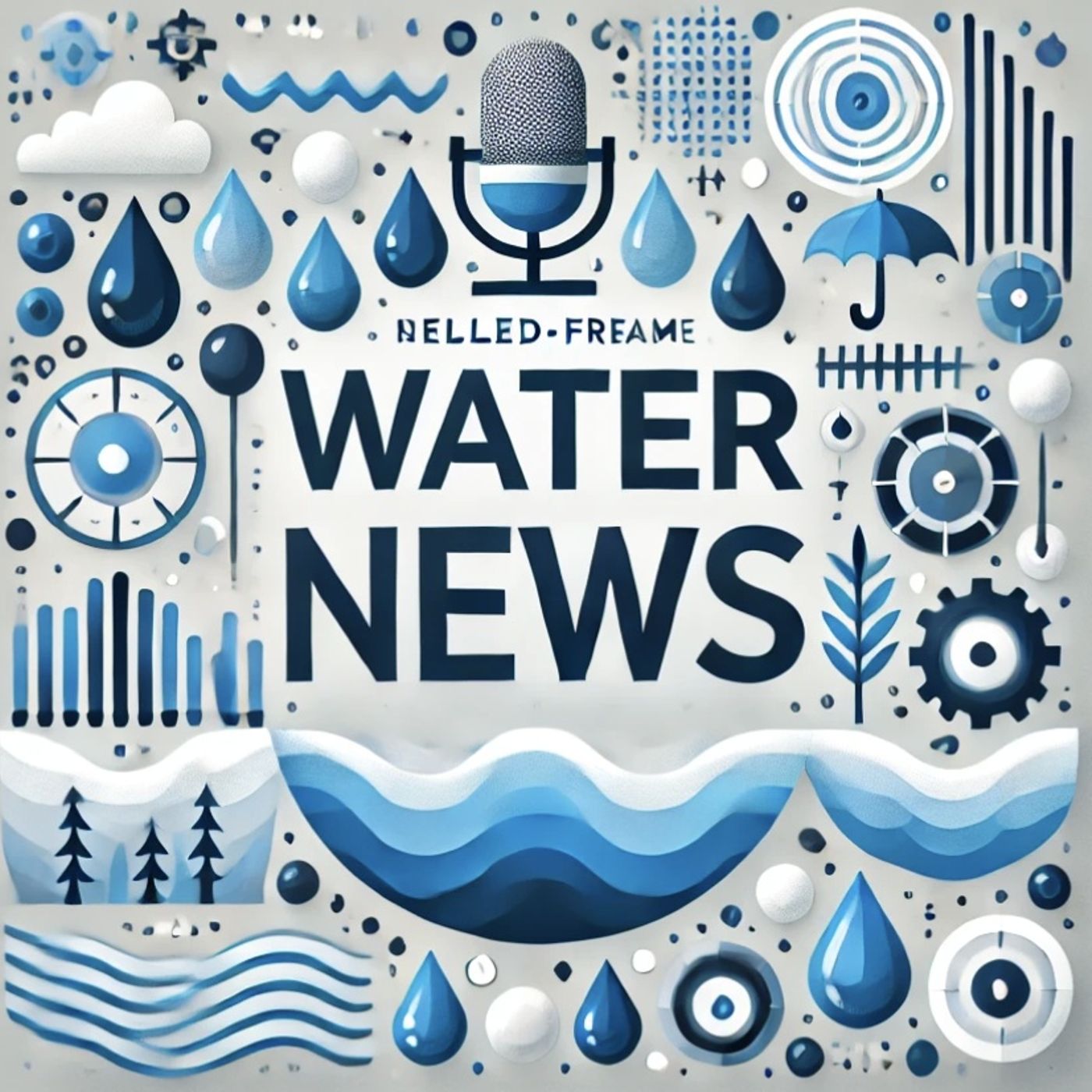Jan 05 2025 3 mins
The December 2024 issue of the Idaho Hydrologic Update from the USGS Idaho Water Science Center provides a comprehensive overview of the current hydrologic conditions across the state of Idaho. This issue highlights critical findings and developments impacting water resources, driven by ongoing research and monitoring efforts.
A key focus of this edition is on the state's snowpack levels, a crucial indicator of future water availability. Early reports indicate that Idaho is experiencing above-average snowfall in the northern regions, with numbers currently exceeding 120% of typical seasonal averages. This trend is attributed to a series of robust winter storms that have traversed the state, significantly adding to the snow reserves. Conversely, the southern and southeastern regions are witnessing near-average snowpack levels, which are essential to meeting irrigation needs and maintaining streamflow during the drier months.
Groundwater management continues to be an area of intensive study as demand pressures grow due to agricultural, municipal, and industrial uses. The update notes that initiatives to better quantify aquifer recharge rates are underway, utilizing both traditional hydrogeological methods and innovative satellite-based technologies. These initiatives aim to improve aquifer sustainability and offer stakeholders data-driven insights for informed decision-making.
The Snake River, one of Idaho's most vital watercourses, is under scrutiny with respect to its flow dynamics and water quality parameters. Monitoring stations along the river have recorded fluctuations in flow rates that are mostly attributable to variable snowmelt patterns and reservoir release strategies designed for flood control and water supply management. Water quality assessments reveal that concentrations of nutrients like nitrogen and phosphorus remain a concern, necessitating continued efforts to implement and enforce best management practices in agriculture to mitigate runoff impacts.
This issue also outlines advancements in hydrologic modeling being pioneered by the USGS. New predictive models are integrating climate projections with hydrological data to forecast water supply scenarios under various climate change conditions. These models are proving to be valuable tools for water managers in planning for future water scarcity and in developing adaptation strategies to safeguard water resources.
The collaboration between the USGS and state agencies, as well as local stakeholders, is underscored as a pivotal component of Idaho's water resource management. By fostering partnerships, the Idaho Water Science Center aims to enhance the dissemination of critical hydrologic information and build resilience in communities facing the dual challenges of population growth and environmental change.
As the state moves forward, the Hydrologic Update emphasizes the importance of continuous investment in hydrologic research and infrastructure improvements. This commitment is vital to ensuring sustainable water management practices that can adapt to evolving environmental conditions while securing adequate water supply for all users.
Overall, the December 2024 issue of the Idaho Hydrologic Update serves as an essential resource, equipping policymakers, scientists, and the public with the latest insights into Idaho's hydrologic conditions and the ongoing efforts to preserve one of the state's most vital natural resources.
A key focus of this edition is on the state's snowpack levels, a crucial indicator of future water availability. Early reports indicate that Idaho is experiencing above-average snowfall in the northern regions, with numbers currently exceeding 120% of typical seasonal averages. This trend is attributed to a series of robust winter storms that have traversed the state, significantly adding to the snow reserves. Conversely, the southern and southeastern regions are witnessing near-average snowpack levels, which are essential to meeting irrigation needs and maintaining streamflow during the drier months.
Groundwater management continues to be an area of intensive study as demand pressures grow due to agricultural, municipal, and industrial uses. The update notes that initiatives to better quantify aquifer recharge rates are underway, utilizing both traditional hydrogeological methods and innovative satellite-based technologies. These initiatives aim to improve aquifer sustainability and offer stakeholders data-driven insights for informed decision-making.
The Snake River, one of Idaho's most vital watercourses, is under scrutiny with respect to its flow dynamics and water quality parameters. Monitoring stations along the river have recorded fluctuations in flow rates that are mostly attributable to variable snowmelt patterns and reservoir release strategies designed for flood control and water supply management. Water quality assessments reveal that concentrations of nutrients like nitrogen and phosphorus remain a concern, necessitating continued efforts to implement and enforce best management practices in agriculture to mitigate runoff impacts.
This issue also outlines advancements in hydrologic modeling being pioneered by the USGS. New predictive models are integrating climate projections with hydrological data to forecast water supply scenarios under various climate change conditions. These models are proving to be valuable tools for water managers in planning for future water scarcity and in developing adaptation strategies to safeguard water resources.
The collaboration between the USGS and state agencies, as well as local stakeholders, is underscored as a pivotal component of Idaho's water resource management. By fostering partnerships, the Idaho Water Science Center aims to enhance the dissemination of critical hydrologic information and build resilience in communities facing the dual challenges of population growth and environmental change.
As the state moves forward, the Hydrologic Update emphasizes the importance of continuous investment in hydrologic research and infrastructure improvements. This commitment is vital to ensuring sustainable water management practices that can adapt to evolving environmental conditions while securing adequate water supply for all users.
Overall, the December 2024 issue of the Idaho Hydrologic Update serves as an essential resource, equipping policymakers, scientists, and the public with the latest insights into Idaho's hydrologic conditions and the ongoing efforts to preserve one of the state's most vital natural resources.
